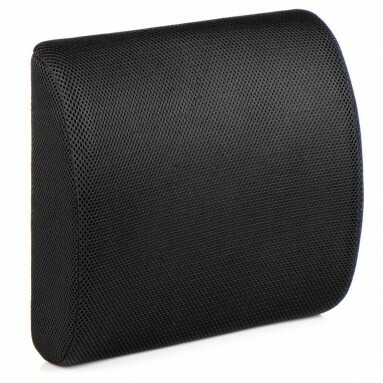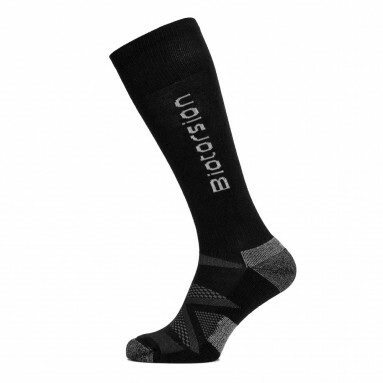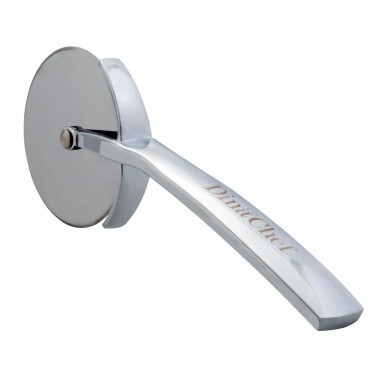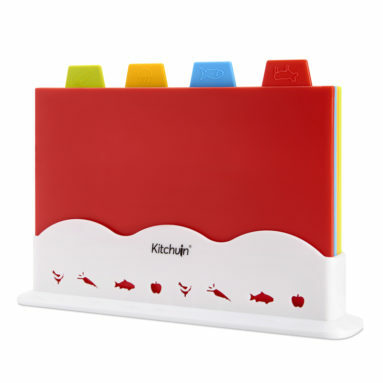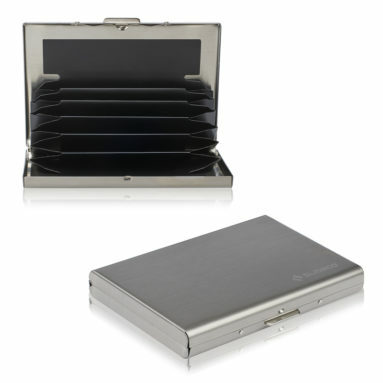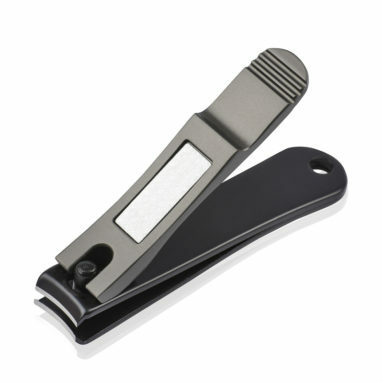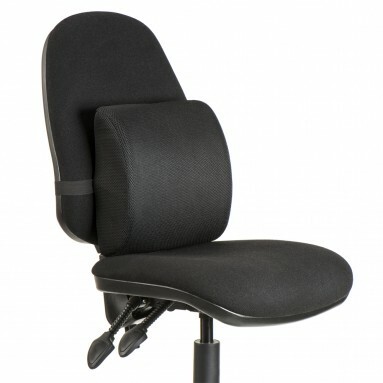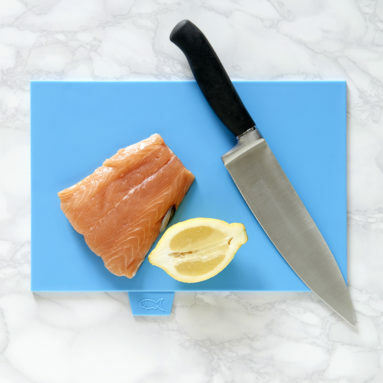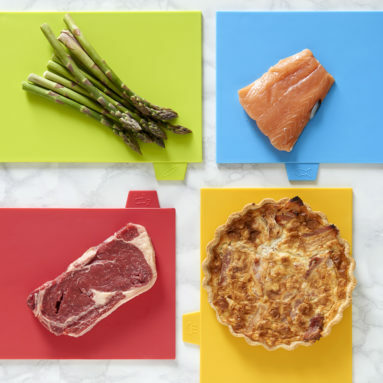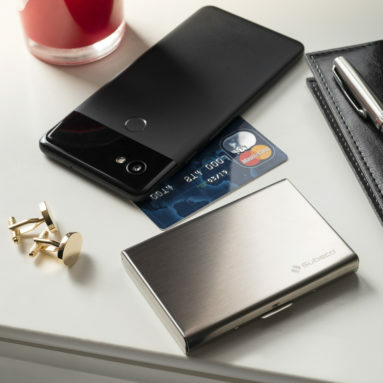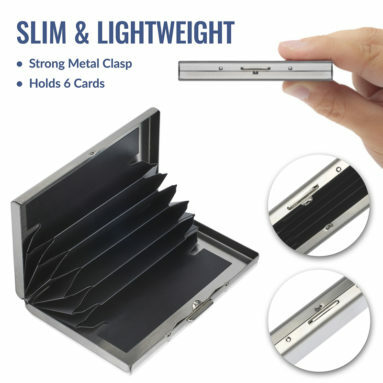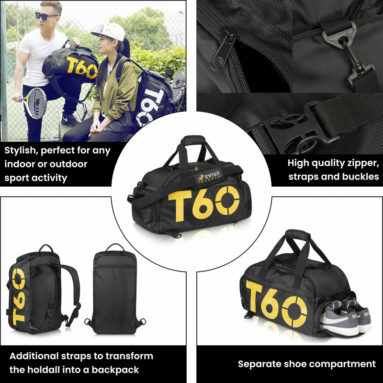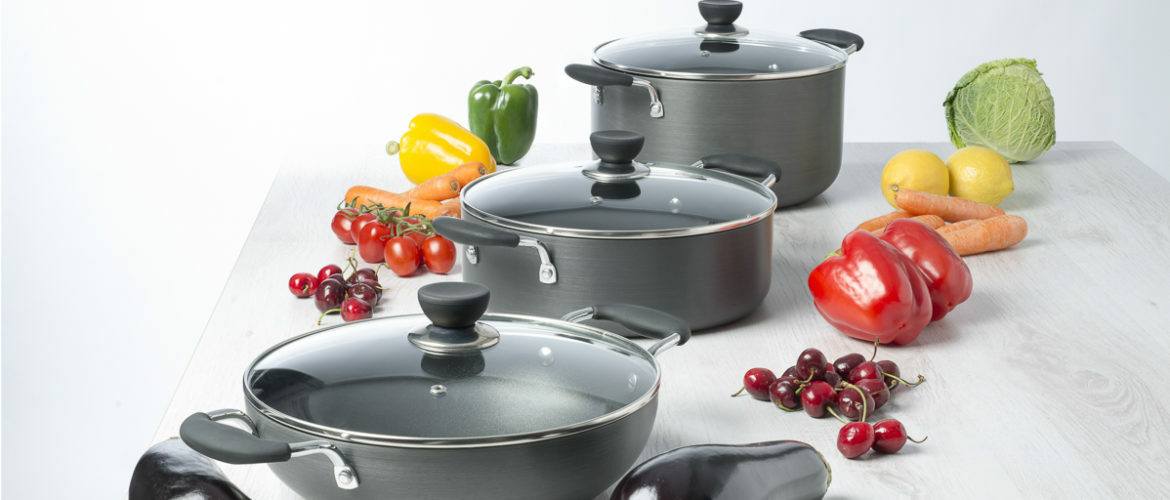
Product Photography Guidelines and Best Practices for Amazon Sellers
With business increasingly shifting online, product photography has become more important than ever before. Where once a customer could browse several items in store before deciding on which one to purchase, now they expect to be able to browse them virtually by means of a selection of professional and informative photos. if your product photos aren’t up to scratch, or don’t clearly show all aspects of the product, customers will quickly move on elsewhere.
Clearly then, you need to get your product photos looking top notch. But if you have little prior photographic experience it might not be realistic to expect to achieve professional-level product photography results yourself at the first go. Nonetheless, by dedicating sufficient time and energy, many of the necessary skills and techniques can be learned from resources available online.
However, for those selling on Amazon, it is important to bear in mind that it is not only your technical abilities and creative talents that limit the kind of product shots you can produce, but also Amazon’s quite specific technical requirements.
In this post we go through Amazon’s product photography guidelines in depth, explaining precisely what each of them means and highlighting any particularly important points to look out for. This way, if you’ll be shooting your own product photos, you can do so safe in the knowledge that they will not be rejected by Amazon for failing to meet any of their stipulated technical criteria.
Amazon’s Technical Requirements Explained
Amazon has quite strict rules regarding the types of image files you can upload and how they should be named. Product images submitted to Amazon must meet the following technical specifications.
File Format
Amazon’s accepted file formats include TIFF (.tif/.tiff), JPEG (.jpeg/.jpg), GIF (.gif) and PNG (.png) files, in either sRGB or CMYK color modes.
While it is not a firm requirement, Amazon also prefers it if the pixel dimensions of your file is at least 1,000 pixels on one or more sides. In any case, a file much smaller than this will be too small for a customer to get a good look at the product, so it is in your own interests as a seller to exceed this 1,000 pixel limit as standard.
File Naming
In order to be accepted by Amazon, all product photos uploaded to the site must meet quite stringent naming requirements. Amazon stipulates that file names must consist of the product identifier (Amazon ASIN, 13-digit ISBN, EAN, JAN, or UPC) followed by a full stop and the appropriate file extension. No more, no less.
The two examples Amazon provides are:
B000123456.jpg 0237425673485.tif
Photos that deviate from this format in any way – for example by including any extra spaces, dashes or other additional characters in the filename – will not be accepted.
Amazon Product Image Standards
Amazon states that: “For images named by product identifier without a variant code or named with the MAIN variant, and display[sic] as the main image on the product detail page, Amazon maintains the following site product image standards” and then goes on to list a series of important criteria that these photos should meet.
Even without the typographic error (it should of course say “displayed”), this would not be the most straightforward of sentences to decipher. But what Amazon means here is that there are important standards that the site expects any photo used as the main or first image on a product page to comply with.
What are those “standards” exactly?
- The image must be the cover art or a professional photograph of the product being sold. Drawings or illustrations of the product are not allowed.
Most of this line is pretty straightforward: it needs to be a photo rather than a drawing, and it needs to be damn good.
The one thing missing here is that, in the case of a book or a CD for example, it could just as easily be a flatbed scan instead of a photo. Which is presumably what is meant by “must be the cover art or a professional photograph,” as it’s difficult to see any other way that “cover art” could be uploaded to the site other than as either a photo or a scan.
- The image must not contain gratuitous or confusing additional objects.
Your main image shall contain the product, the whole product, and nothing but the product.
While it can be important to add extra images showing how a product can be used, or giving a sense of scale, this is not the time to do it. That must wait for secondary images.
- The image must be in focus, professionally lit and photographed or scanned, with realistic color, and smooth edges.
The first clause is pretty self-evident: again, no rubbish photos.
Meanwhile, by “realistic color” Amazon clearly means that you shouldn’t go processing your product photos with wacky “vintage film” filters or doing any other weird shit in Photoshop. Stay true to the actual colours of the product.
Finally, “smooth edges” is likely a reference to the unfortunate habit of certain e-commerce sellers to unskillfully cut around the product in Photoshop (creating what is known in the business as a “clipping path”), and then replace the badly-lit studio background with a nice block of pure white.
While this technique is absolutely fine when done well, frequently the contours of the product have been so badly traced around that when the original background is deleted, little nibbles are taken out of the product itself too.
Needless to say, such a result is not very professional looking. Hence Amazon’s insistence on “smooth edges” – rather than ones that look like the mice have been at them.
- Books, Music, and Video/DVD images should be the front cover art, and fill 100% of the image frame. Jewel cases, promotional stickers, and cellophane are not allowed.
This simply means that, unless you have access to the original digital files for the cover art, you’ll likely want to take your CD/DVD/book out of any wrapping or plastic casing and then scan it. Finally crop out any background from around the cover itself so that the image contains nothing but the cover art.
- All other products should fill 85% or more of the image frame.
If it’s not a book or CD cover, but instead a regular product shot, then the item needs to be big in the frame, with no more than 15% of empty space around the product itself.
- The full product must be in frame.
And none of the product cropped out of the shot either.
- Backgrounds must be pure white (RGB 255,255,255).
Even if your studio backdrop looks nice and white to the eyes, sloppy exposure or an inaccurate white balance may mean it comes out an odd shade of grey in the photos. This is where you’ll need to employ the “clipping path” technique mentioned above in order to replace the background in Photoshop, thus guaranteeing that the product is displayed against true white.
- The image must not contain additional text, graphics, or inset images.
Self-explanatory: no fluorescent speech-bubbles exclaiming “Hot!” or “HAVE A LOOK!!!!!!!!!” like the graphic equivalent of a particularly vocal market trader.
- Pornographic and offensive materials are not allowed.
So that’s the end of that business idea then…
It’s worth repeating that the above image requirements apply only to your main “featured” product photo. I.e., the first image that shoppers will see when arriving on the product page.
Beyond the main image, though, you can (and indeed should) add supplementary images to the listing, over which you have much more leeway. Nonetheless, even here Amazon stipulates certain requirements. Let’s take a look at these now.
Secondary Supporting Image Requirements
First off, it will come as little surprise that Amazon doesn’t want you misleading the customer by showing totally unrelated products, stating that the “image must be of, or pertain to, the product being sold”. This nonetheless leaves a certain amount of room to feature other relevant items or objects in the product shots where appropriate.
The main featured photo basically just needs to be a big, clear front view of the item on a white background with no distractions whatsoever. That’s it. However, with supporting images you have the opportunity to show off the item in more depth, to explain how it can be used, and to draw attention to whatever are its most important selling-points.
Once again though, Amazon stress the fact that these images will need to be “in focus, professionally lit and photographed or scanned, with realistic color, and smooth edges” if they are to be accepted.
For most listings the best solution is going to be a combination of several white-background product photographs – showing the item from every conceivable angle – combined with some quality lifestyle images designed to show off the item in use. Lifestyle photos are a great opportunity to bring the product to life and show further professionalism that will help to convince potential customers that your product and e-commerce store is a serious venture.
Where appropriate, you may also want to show the product in use with models, and this is a great way of demonstrating how the item should be used while also reinforcing brand image. Thankfully Amazon’s guidelines also say that “backgrounds and environments are allowed” for secondary images, thus significantly opening up the creative possibilities here. So consider showing your product in use by models in an appropriately “aspirational” environment.
Although clearly there will be some extra expense associated with hiring professional models, this is a much more convincing option than trying to do it yourself or asking non-professional friends to stand in as extras. There’s a lot more to being a good model beyond just being handsome/pretty in real life, and some people who look great on camera are less striking off, and vice versa. If you are not attuned to the subtleties of good model casting, the results are more likely to cause damage to your brand image than elevate it, so it’s always better to go the professional route.
Thankfully though, good models needn’t cost the earth. This is especially the case if their faces will not be visible in the images. For example, here at Photography Firm we have a pool of semi-professional models we often call on for work as ‘extras’ at very reasonable rates for product photography sessions lasting only an hour or two. You may also be able to find similarly priced talent if you ask around.
Alternatively you might arrange the product in a styled manner with relevant props to give a sense of scale. Helpfully, Amazon encourages such images, saying that “other products or objects are allowed to help demonstrate the use or scale of product.” So, for example If it’s an ‘everyday item’, you might show it surrounded by a phone, pen, glasses etc. – items which subtly communicate to users that the product will become an indispensable item in their life.
Sometimes text or other graphic elements can be helpful in better explaining to shoppers how a product works or what its advantages are. And with secondary images, such graphic elements are allowed. As with the main images though, “product and props should fill 85% or more of the image frame,” so don’t go shooting the item lost on an enormous expanse of white in the hope of filling the empty space with lots of explanatory text. Instead, secondary images are a good opportunity to highlight important features, and cropped close-up images of the product are permitted, so now’s the chance to get in with that macro lens and show off all the important details!
Finally, once again Amazon states that even with secondary images:
- Pornographic and offensive materials are not allowed.
My entrepreneurial ambitions frustrated at every turn!
Of course, if you’d rather leave it to the experts, do get in touch to discuss your next shoot.

